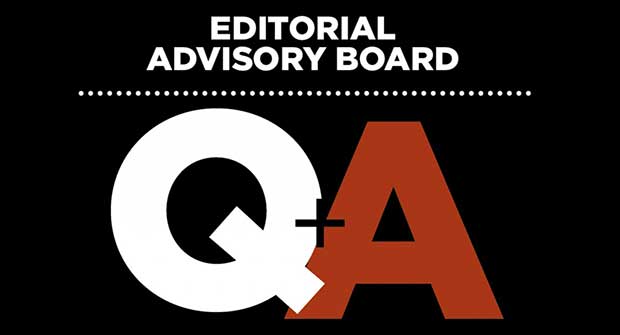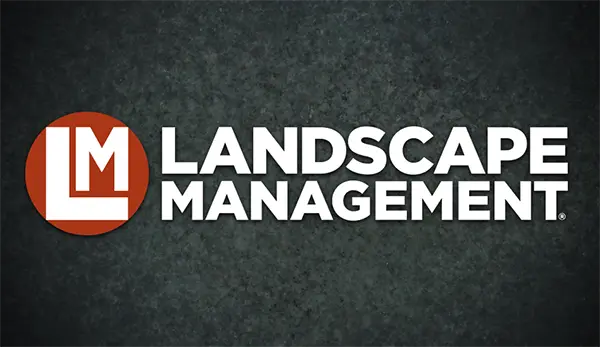The debate between fixed-price contracts and time-and-materials (T&M) pricing is common in our industry. As we consult with clients across the country, this topic surfaces often. Let’s break down both models to better understand their implications.
Compare and contrast
Under a T&M model, little or no upfront estimate is provided. Instead, clients receive an invoice after the work is completed based on actual hours worked and materials used, typically with a markup. This approach is simple and doesn’t require much upfront experience.
At first glance, T&M seems like the obvious choice — just bill for your time and materials, cover your costs, and make a little profit. Easy, right?
Not quite. While T&M can be appropriate in some situations, relying too heavily on this model has significant drawbacks.
T&M costs vs. benefits
Invoicing complexity: Creating accurate T&M invoices can be a challenge. You’ll need to track all material receipts (including inventory) and record exact labor hours, including travel time. This requires tight coordination between sales, production and accounting. Delays in gathering this information often hold up invoicing, and in some cases, can result in jobs never being invoiced at all.
In contrast, fixed-price jobs are easier to manage. Once a job is sold, it gets logged into accounting. When the work is complete, an invoice is sent immediately. This is especially important in maintenance enhancement work, where fixed-price contracts allow for streamlined monthly billing, improving cash flow and reducing administrative burdens.
Gross profit transparency: T&M pricing should be tied to a clear gross profit percentage. Yet many businesses don’t fully understand their margins. For example, pricing labor at some predetermined rate, such as $85 per hour, and marking up materials by 60 percent means little without connecting those numbers to your overhead recovery strategy and gross profit goals.
Another downside is T&M doesn’t reward efficiency. Whether your crew finishes a job quickly or slowly, your margin stays the same. With fixed pricing, however, beating your labor estimates or sourcing cheaper materials can result in higher-than-expected profits.
Budgeting and forecasting challenges: Building an annual operating budget is difficult with a T&M model since you lack a predictable backlog of revenue or labor hours. This uncertainty makes it hard to plan and forecast.
On the other hand, fixed-price contracts — especially in maintenance — allow you to predict revenues and labor needs for the year.
Customer frustration: Even with good communication, T&M jobs can result in invoice surprises that upset clients. Often, businesses offer last-minute discounts to ease tensions, eating into profits.
Fixed pricing eliminates this issue. When estimates are accurate and transparent, clients know exactly what to expect on their invoice.
Pricing Q&A
How can a company transition from using T&M to more fixed-price contracts without disrupting operations? Start by identifying the services that can be scoped and costed in advance. Build a library of standard estimates and train your team on how to break down job costs accurately. On maintenance accounts that have heavily relied on T&M, develop fixed-price proposals based on historical production trends and sell your clients on larger bundled fixed-price contracts. Fixed pricing can be phased in while closely monitoring profitability and client feedback.
What systems or tools can help streamline the fixed-price estimating process? Estimating or enterprise software can help standardize costs, manage proposals and integrate with accounting. Use templates and production rate databases to speed up pricing.
Are there hybrid models that combine the benefits of T&M and fixed pricing? Yes, hybrid models such as “not-to-exceed” T&M contracts or fixed pricing with allowances for certain unknowns can offer flexibility while still giving clients price confidence. These models are great when the scope is mostly defined but includes variable elements.
Final thoughts
While T&M has a place, it shouldn’t be your default model. Fixed-price estimating requires more upfront effort, but the benefits in profitability and planning far outweigh the additional work.


